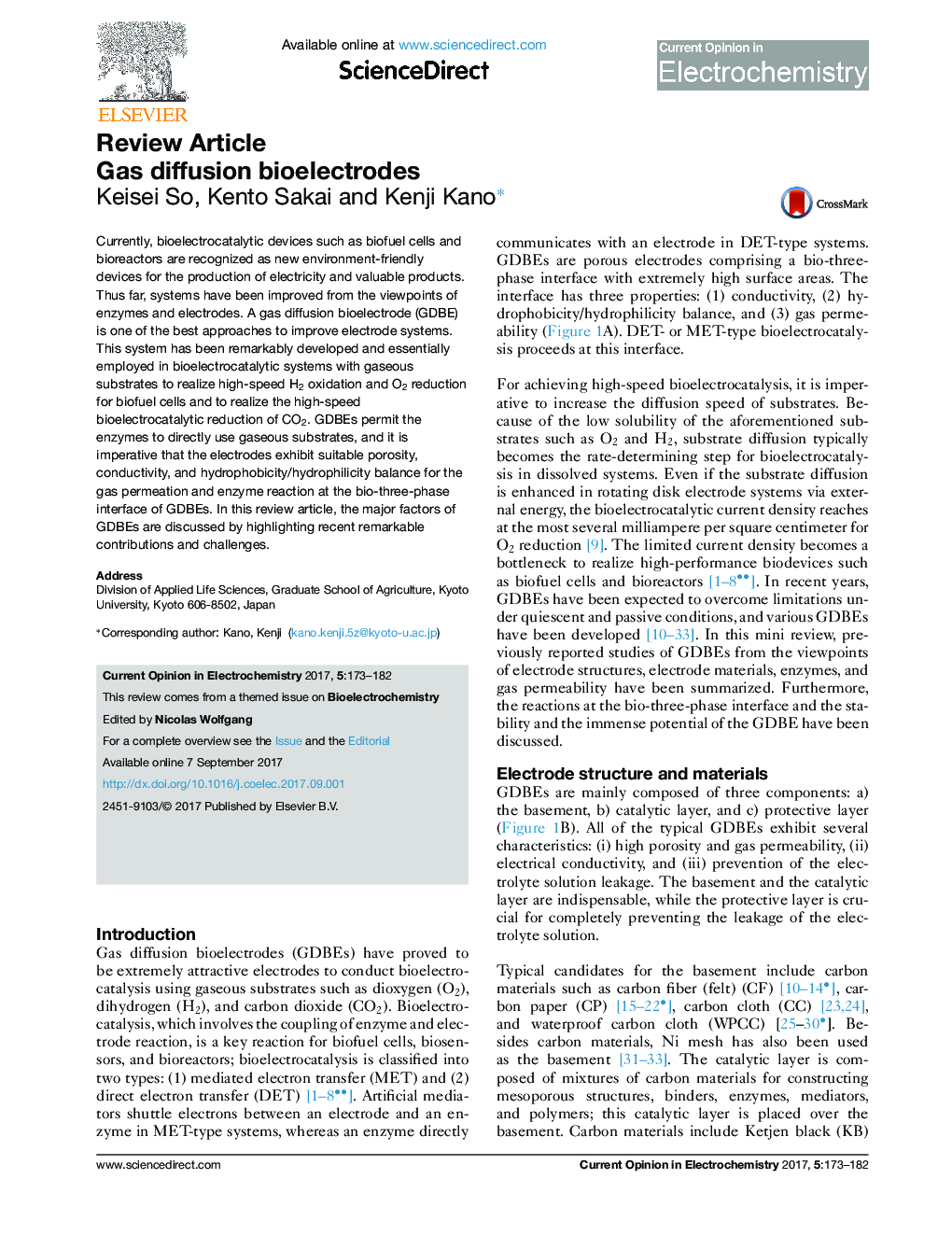| Article ID | Journal | Published Year | Pages | File Type |
|---|---|---|---|---|
| 8917630 | Current Opinion in Electrochemistry | 2017 | 10 Pages |
Abstract
Currently, bioelectrocatalytic devices such as biofuel cells and bioreactors are recognized as new environment-friendly devices for the production of electricity and valuable products. Thus far, systems have been improved from the viewpoints of enzymes and electrodes. A gas diffusion bioelectrode (GDBE) is one of the best approaches to improve electrode systems. This system has been remarkably developed and essentially employed in bioelectrocatalytic systems with gaseous substrates to realize high-speed H2 oxidation and O2 reduction for biofuel cells and to realize the high-speed bioelectrocatalytic reduction of CO2. GDBEs permit the enzymes to directly use gaseous substrates, and it is imperative that the electrodes exhibit suitable porosity, conductivity, and hydrophobicity/hydrophilicity balance for the gas permeation and enzyme reaction at the bio-three-phase interface of GDBEs. In this review article, the major factors of GDBEs are discussed by highlighting recent remarkable contributions and challenges.
Related Topics
Physical Sciences and Engineering
Chemistry
Electrochemistry
Authors
Keisei So, Kento Sakai, Kenji Kano,
